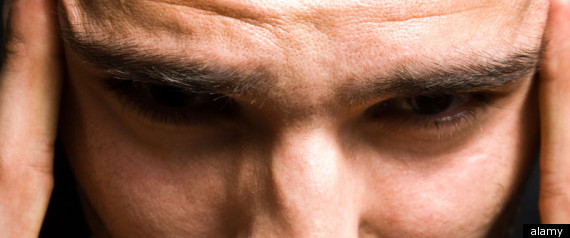A blow to the head might injure a child’s brain differently than it would an adult’s, a new study shows.
On the one hand, that’s good news, researchers say, because the brain damagecaused by concussions appears to be less serious in kids than it is for adults.
But the study also found that the changes in a child’s brain often outlast symptoms like decreased reaction times, memory and concentration problems, irritability,insomnia, and fatigue.
That means coaches and parents might be clearing kids to return to their sports while they’re vulnerable to reinjury.
“Those may be the kids who are at greatest risk for more severe effects of concussion,” says researcher Todd A. Maugans, MD, a pediatric neurosurgeon at Cincinnati Children’s Hospital Medical Center.
Kids who suffer a second sports-related concussion within a month or two of the first could experience a rare but devastating phenomenon called second-impact syndrome, Maugans says. In second-impact syndrome, the brain swells rapidly in response to repeated head injuries. It is sometimes fatal.
“We need to better refine that timetable for recovery,” Maugans says.
Understanding Concussions in Kids
The study, which is published in the journal Pediatrics, used imaging techniques to watch what was happening to the brains of a dozen kids ages 11 to 15 after they experienced sports-related concussions.
Researchers expected to see changes in the kids’ brains similar to what happens when adults are dealt a bad blow to the head. Those changes include damage to nerve cells or chemical abnormalities that suggest decreased brain function.
“We didn’t find that at all,” says Maugans.
Instead, they saw changes in blood flow.
In two of the youngest children, blood flow in the brain increased after a concussion. But in most children, blood flow decreased significantly.
In the case of a 13-year-old wrestler who had the most severe symptoms of the group, blood flow to his brain dropped by 60%.
It’s still unclear how circulation changes happen or even what they mean, but researchers found they can last long after symptoms are gone.
By two weeks, kids in the study who’d had concussions were able to pass a computerized test that measures concussion symptoms. But MRI scans told a different story.
“We found that by two weeks, 63% of the kids were still abnormal,” Maugans says. And after 30 days, a third of the kids still had alterations in blood flow to their brains.
“What that says is that you’ve got a [physical] change, but you’ve got a patient that looks normal,” he tells WebMD.
Experts who were not involved in the study said that while the study raised intriguing questions, it needs to be repeated in a larger group before any firm conclusions can be drawn.
“It’s kind of patchy data in a small group. That being said, those data are interesting,” says Ron Kanner, MD, chairman of the department of neurology at North Shore University Hospital and Long Island Jewish Medical Center in New Hyde Park, N.Y.
“I think it lends further credence to the idea that you shouldn’t send kids back into sports too fast [after a concussion],” he says.









